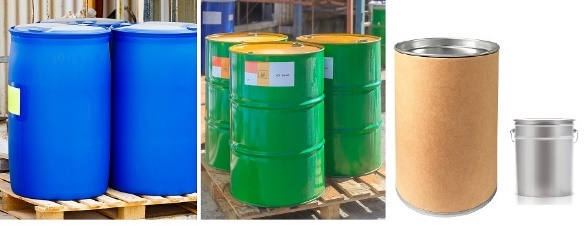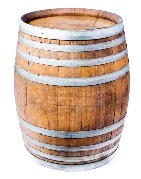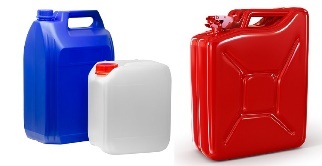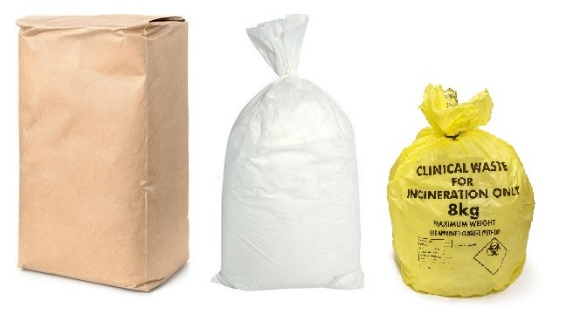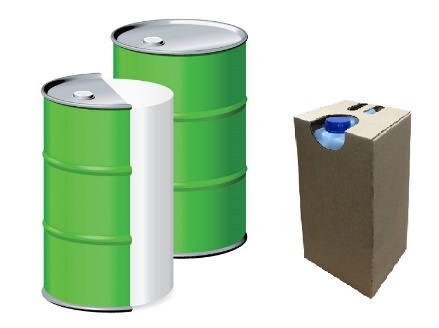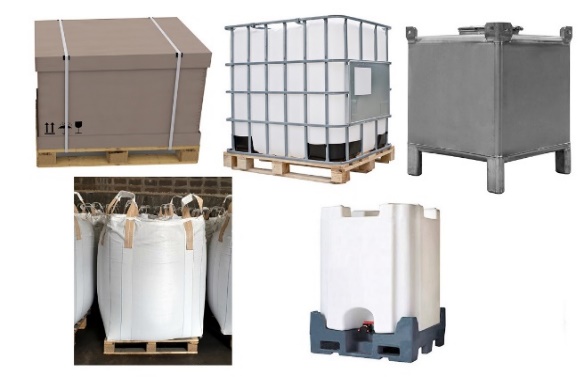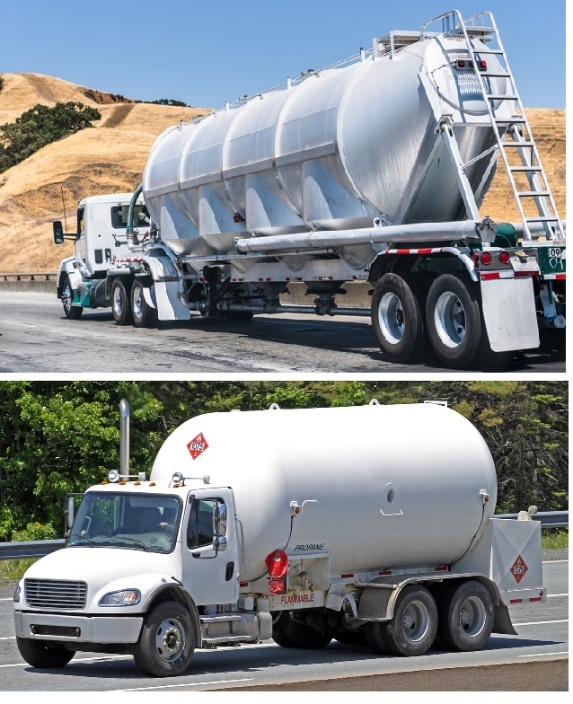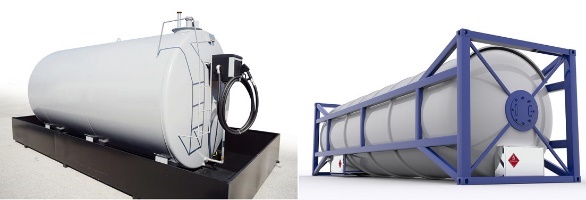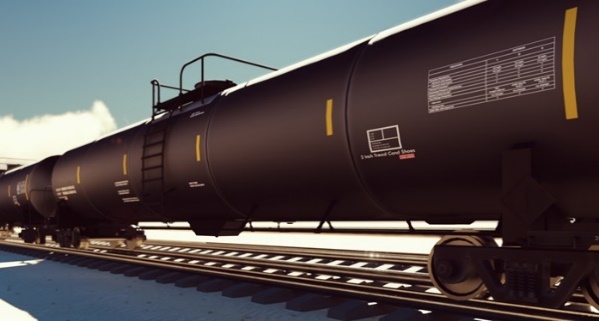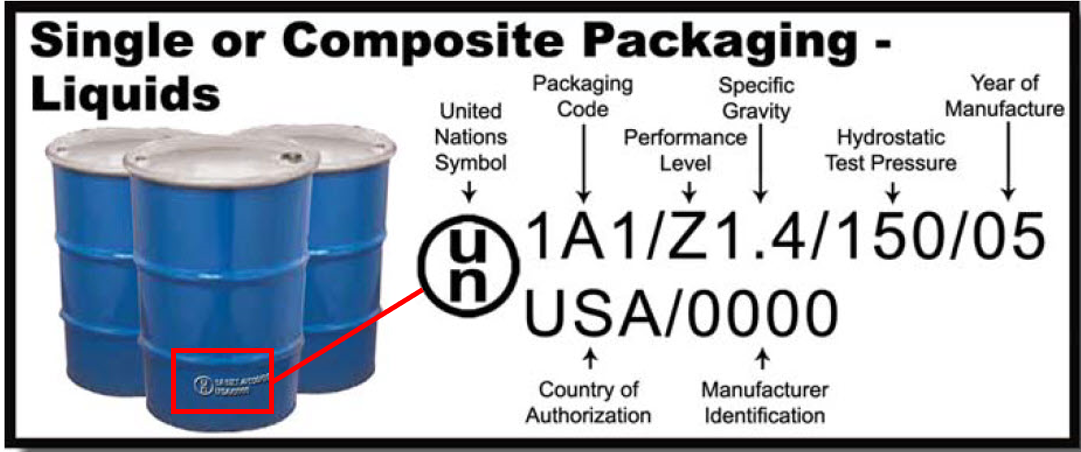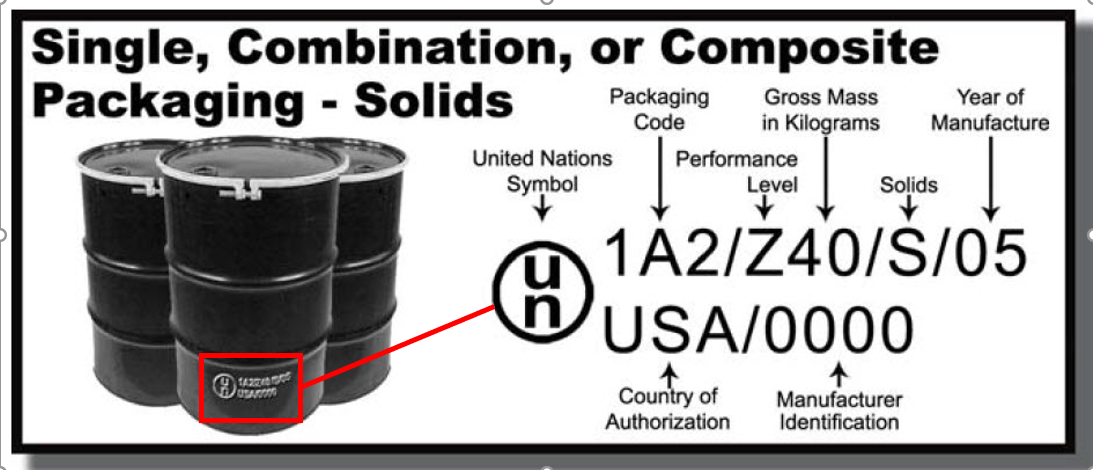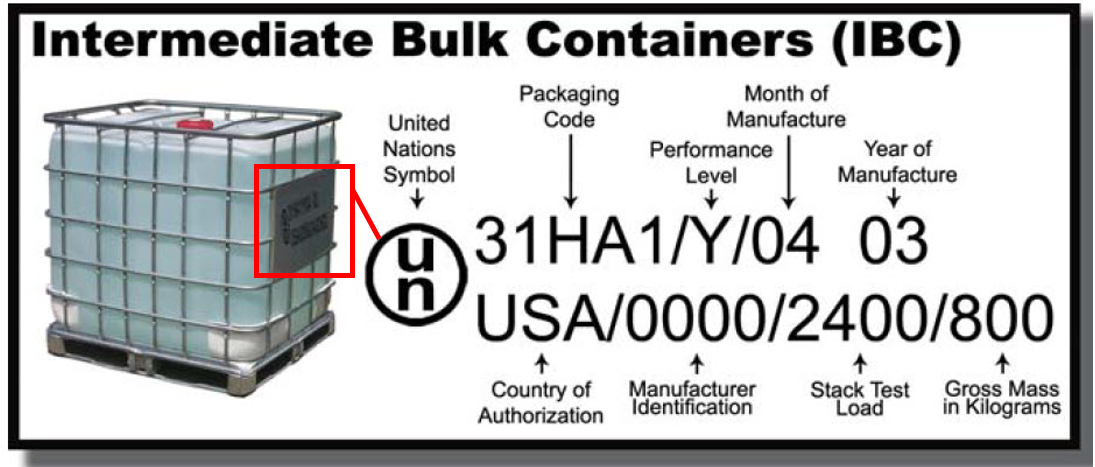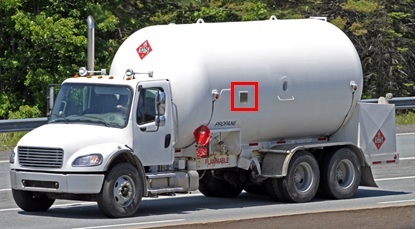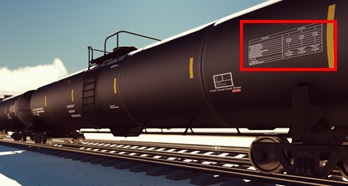A3 - 2022 CFS Hazmat Supplemental Help Screens Content
2022 Commodity Flow Survey
A3 - 2022 CFS Hazmat Supplemental Help Screens Content
OMB: 0607-0932
ITEM E: HAZMAT_SHIPMENTS & ITEM H2: HAZMAT_DESCRIPTIONS
Hazardous material (hazmat) – a substance or material that the Secretary of Transportation has determined is capable of posing an unreasonable risk to health, safety, and property when transported in commerce, and has designated as hazardous under section 5103 of Federal hazardous materials transportation law (49 U.S.C. 5103).
For additional information about classifying hazardous materials, please refer to the Department of Transportation’s Check the Box website: CheckTheBox.dot.gov. This website provides guidance on the classification and shipping of hazmat.
|
||
Common hazardous materials from CheckTheBox.dot.gov. |
||
|
|
|
This is not a comprehensive list of hazardous materials. Locate the Safety Data Sheet (SDS) prepared by the manufacturer to determine whether a consumer product is hazmat. Contact the Hazardous Materials Information Center by telephone at 1-800-467-4922 or by e-mail at infocntr@dot.gov for additional compliance assistance. |
||
Ship - In this survey, shipping hazardous materials refers to the movement of a hazardous material from the location address specified to another location.
Shipments to Include:
Shipments to Exclude:
|
||
ITEM E: HAZMAT_SHIPMENTS (precode 2)
This option may apply to you if you ship hazardous materials that are excepted from the packaging requirements in the Hazardous Materials Regulations (HMR). Your exception may be due to the hazard class, or because you are shipping in limited or small quantities. Waivers of specific requirements of the HMR may also be authorized by Special Permits or Approvals issued in writing from the US Department of Transportation.
This survey is specifically concerned with packaging referred to as UN Standard Packaging or Specification Packaging. This type of packaging will bear markings that indicate that the packaging has successfully passed required performance tests or has been built to a specific standard (e.g. UN, DOT, AAR). If you fall into the excepted category some of the questions in this survey may not apply.
For more information regarding the authorized packagings for hazardous material shipments, you may refer to the Hazardous Materials Table in Title 49 of the Code of Federal Regulations (see Electronic Code of Federal Regulations (eCFR) 49 CFR § 172.101).
ITEM H5: OUTER_PACKAGING
Packaging - a receptacle and any other components or materials necessary for the receptacle to perform its containment function. In the case of combination packaging, or packaging consisting of one or more inner packagings secured in a non-bulk outer packaging, report the outer packaging type only.
|
|
Packaging Type |
Examples |
Drum - a flat-ended or convex-ended cylindrical packaging made of metal, fiberboard, plastic, plywood, or other suitable materials. This definition also includes packagings of other shapes made of metal or plastic (e.g., round taper-necked packagings or pail-shaped packagings) but does not include cylinders, jerricans, wooden barrels or bulk packagings. |
|
Wooden Barrel - a packaging made of natural wood, of round cross-section, having convex walls, consisting of staves and heads and fitted with hoops. |
|
Jerrican - a metal or plastic packaging of rectangular or polygonal cross-section. |
|
Box - a packaging with complete rectangular or polygonal faces, made of metal, wood, plywood, reconstituted wood, fiberboard, plastic, or other suitable material. |
|
Bag - a flexible packaging made of paper, plastic film, textiles, woven material or other similar materials. |
|
Composite Packaging - a packaging consisting of an outer packaging and an inner receptacle, so constructed that the inner receptacle and the outer packaging form an integral packaging. Once assembled it remains thereafter an integrated single unit; it is filled, stored, shipped and emptied as such. |
|
Intermediate Bulk Container – (also known as an IBC tote or IBC tank) is a rigid or flexible portable packaging, other than a cylinder or portable tank, which is designed for mechanical handling. |
|
Cylinder - a pressure vessel designed for pressures higher than 40 psia and having a circular cross-section. It does not include a portable tank, multi-unit tank car tank, cargo tank, or tank car. |
|
Cargo tank - a bulk packaging that: (1) Is a tank intended primarily for the carriage of liquids or gases and includes appurtenances, reinforcements, fittings, and closures; (2) Is permanently attached to or forms a part of a motor vehicle, or is not permanently attached to a motor vehicle but which, by reason of its size, construction or attachment to a motor vehicle is loaded or unloaded without being removed from the motor vehicle; and (3) Is not fabricated under a specification for cylinders, intermediate bulk containers, multi-unit tank car tanks, portable tanks, or tank cars.
|
|
Portable tank - a bulk packaging (except a cylinder having a water capacity of 1000 pounds or less) designed primarily to be loaded onto, or on, or temporarily attached to a transport vehicle or ship and equipped with skids, mountings, or accessories to facilitate handling of the tank by mechanical means. It does not include a cargo tank, tank car, multi-unit tank car tank, or trailer carrying 3AX, 3AAX, or 3T cylinders. |
|
Tank Car - a railcar that has a tank for its body for transporting liquids, solids, and liquefied gases, consisting of a shell and heads together with connections welded directly to it. |
|
ITEM H6A: POP_PACKAGING
Consider the packaging used the greatest number of times as the one most frequently used, this may or may not be the packaging containing the highest quantity of the hazardous material. For example, if you shipped a 55 gallon drum of a hazardous material 10 times and a 110 gallon drum 8 times, the 55 gallon drum is the most frequently used drum. We are interested the weight of the hazardous material contained within the 55 gallon drum.
ITEM H6D: POP_PACKAGING
UN Packaging Code – a marking permanently displayed on a container indicating that it has passed a series of UN packaging tests and conforms to a UN standard for shipping hazardous materials. The marking describes the characteristics of the packaging being transported. |
Sample UN Packaging Code Markings |
|
|
|
|
ITEM H6A: SPEC_PACKAGING
Specification Marking - a marking permanently displayed on a container indicating that it was built to conform to a specific standard for shipping hazardous materials. |
Sample Specification Markings |
Cylinder - Specification numbers are marked on the container. Examples: DOT 3AA, ISO 9809-1 |
|
Cargo Tank –Specification numbers are marked on a metal plate permanently attached to the left side of the tank (plates will be found on the right side for tanks built before July 1, 1985). Examples: DOT 406, MC 331, TC 312 |
|
Portable Tank – Specification numbers are marked either on the portable tank itself or on a metal plate firmly secured to the portable tank. Examples: AAR 600, DOT 51, IM 101, T11 |
|
Tank Car – Specification numbers are stenciled directly on the heads and sides of the tank. Examples: DOT 111, TC 117, AAR 204 |
|
ITEM H6B: SPEC_PACKAGING
Consider the packaging used the greatest number of times as the one most frequently used, this may or may not be the packaging containing the highest quantity of the hazardous material. For example, if you shipped a hazardous material in a 2,800 gallon cargo tank 10 times and a 7,500 gallon cargo tank 8 times, the 2,800 gallon cargo tank is the most frequently used cargo tank. We are interested in the weight of the hazardous material contained within the 2,800 gallon cargo tank.
|
Page
| File Type | application/vnd.openxmlformats-officedocument.wordprocessingml.document |
| Author | Shannon M Burnett (CENSUS/ERD FED) |
| File Modified | 0000-00-00 |
| File Created | 2022-03-23 |
© 2025 OMB.report | Privacy Policy
